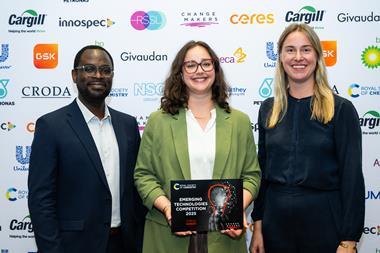Projections suggest renewables and clean energy technologies could cut greenhouse gases more rapidly than expected
New research suggests that China’s carbon emissions could peak as soon as 2025. But not everyone is convinced by these projections.
‘The findings says that it is possible for China to limit CO2 emissions and to reach its emissions peak before 2025, which makes the global 2°C target feasible,’ says Jiang Kejun, senior research fellow at the Energy Research Institute under China’s National Development and Reform Commission. Jiang is the main author on the study and adds that ‘it is possible to reach this target’.
In 2009, Jiang’s team released another report, where they suggested that if China adopts an ‘enhanced low carbon scenario’ with very stringent policies, the nation’s carbon emissions could peak in 2030. He now says that the nation’s carbon emissions could peak five years earlier, as long as the government continues to work hard on creating a low carbon economy.
I am a technology optimist, many people don’t agree with me
‘None of us could have imagined what would happen in the past few years – that renewable energy could develop so rapidly, in particular wind power,’ he says. ‘In 2010, China became the country with the highest installed wind power capacity in the world.’ Jiang tells Chemistry World that it is these recent achievements will bring the nation’s emission peak forward.
In the study, the authors call for further expansion of renewable energy and clean technologies, such as carbon capture and storage (CCS) and integrated gasification combined cycle (IGCC) for coal power stations. Jiang predicts that by 2050, 410,000MW of coal power with CCS will be in use and IGCC will be the main technology.
‘I am a technology optimist, many people don’t agree with me,’ Jiang says. ‘I believe that technologies such as IGCC and CCS will be proven and will become industrial. But I am not optimistic about geoengineering techniques.’
Zhao Xiusheng, a professor at the Institute of Nuclear and New Energy Technology, Tsinghua University, is one of those who are sceptical of Jiang’s work. He points out that it is unlikely that clean technologies will progress so quickly. ‘I can’t see a transformation in clean technologies in the foreseeable future,’ Zhao says. ‘There are many different pathways to reduce greenhouse gas emissions: we always choose the easiest and cheapest first and the next one will be harder and more expensive, so the future is full of uncertainties.’ Despite describing Jiang’s estimates as over optimistic, Zhao says there’s still plenty of scope to cut China’s CO2 emissions, particularly using nuclear power, hydropower and natural gas.












No comments yet